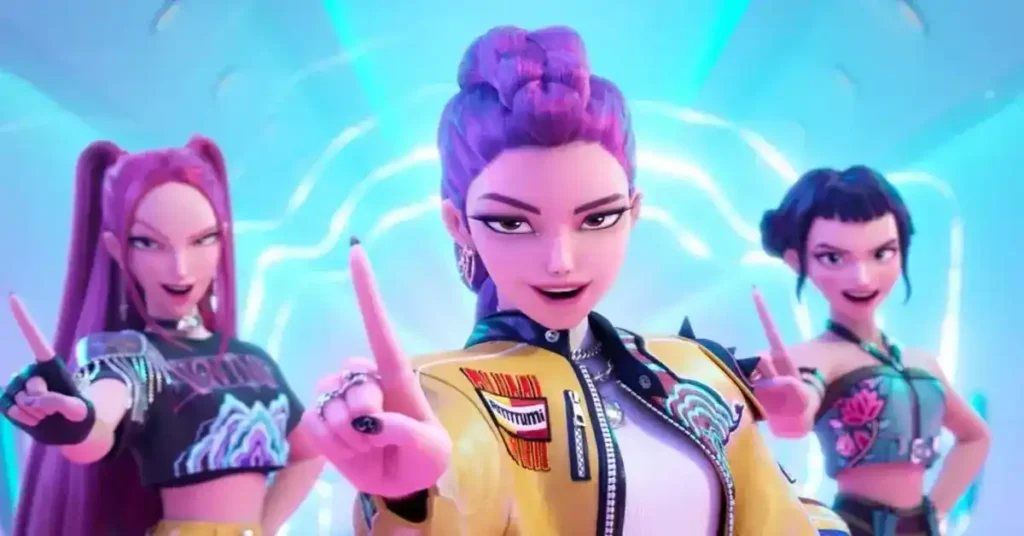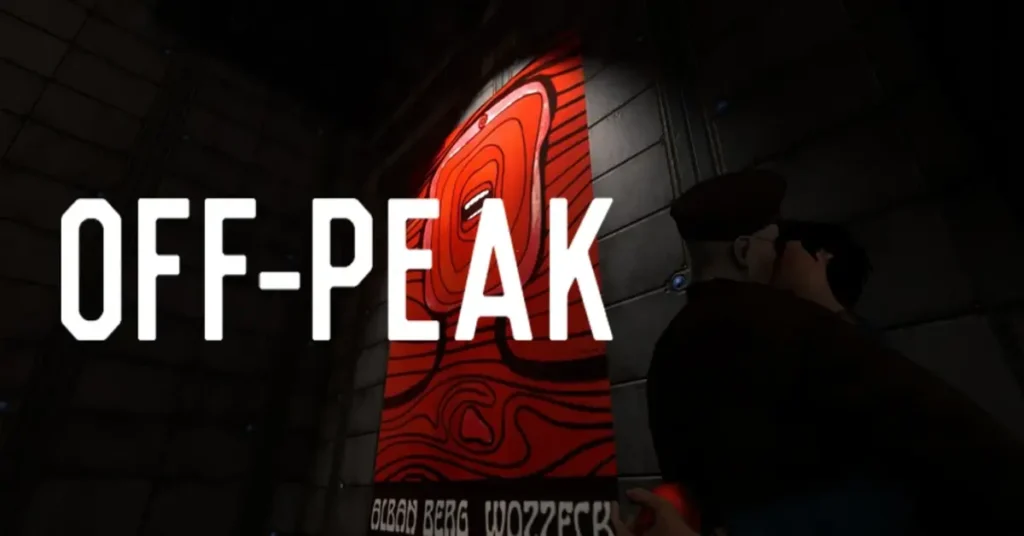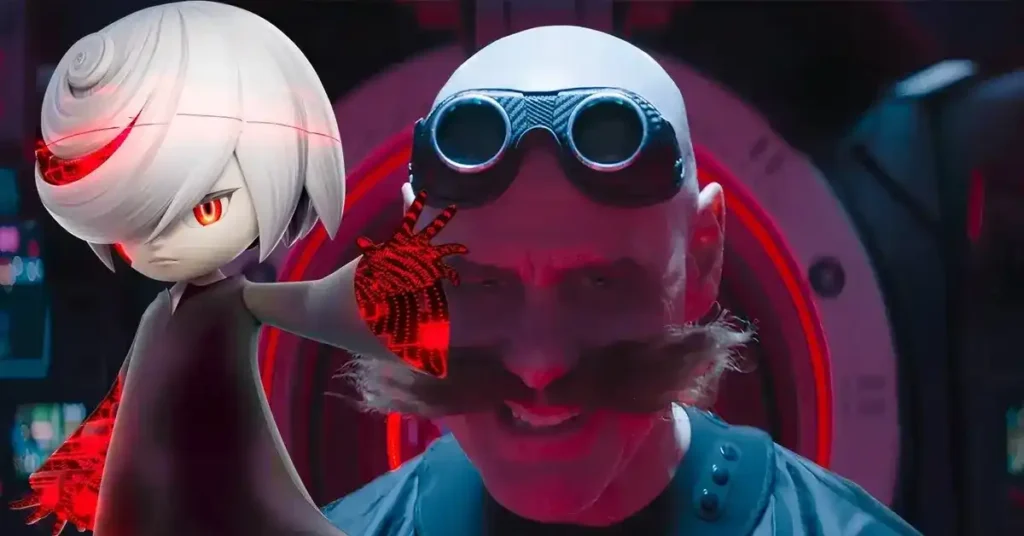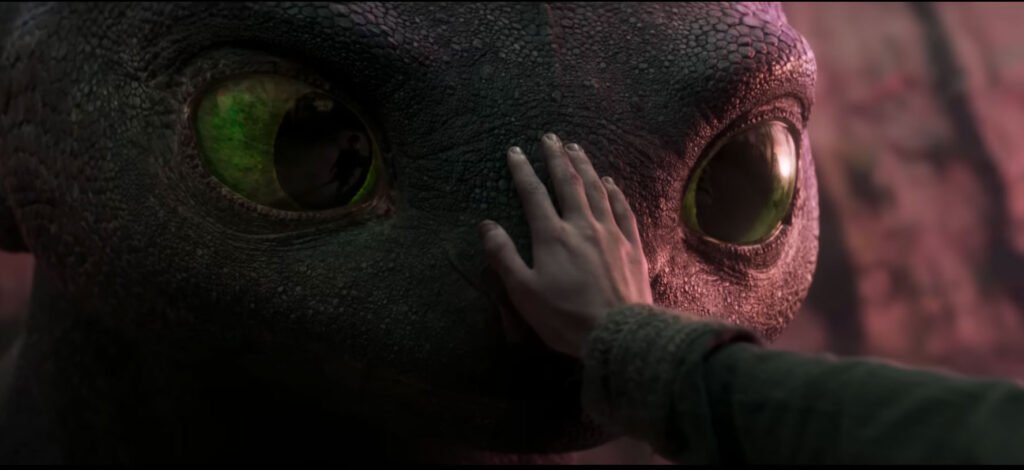
Table of Contents
DreamWorks ignites a new standard for remakes, infusing classic tales with passion, creativity, and authentic intensity.
We’re living in an age flooded with live-action remakes of beloved animated films. While Disney has led the charge, the results have often felt like expensive copies—technically dazzling, yet emotionally flat. Whether it’s The Lion King’s expressionless realism, Pinocchio’s forgettable execution, or Peter Pan & Wendy’s underwhelming storytelling, the magic rarely survives the transition.
Enter DreamWorks, with their How to Train Your Dragon Live Action Remake . But instead of a lifeless replication, they’ve created something different: a remake with meaning. Based on confirmed details—casting, direction, tone, and early visuals—this one doesn’t just flap its wings. It soars.
Here’s Why It Soars: 6 Reasons How to Train Your Dragon Live Action Remake Breathes Real Fire
1. Mason Thames Makes Hiccup Feel Real—Not Replicated

Unlike Disney’s trend of overly polished or emotionally muted young leads (Pinocchio, Peter Pan), DreamWorks casts Mason Thames (The Black Phone) as Hiccup. Thames is known for grounded, vulnerable performances that never feel forced. Instead of mimicking the animated version, he’s bringing a fresh emotional core to the role—making Hiccup feel human from the start.
His casting signals a shift toward character-first storytelling, not just cosmetic nostalgia.
2. Gerard Butler reprises his iconic role as Stoick
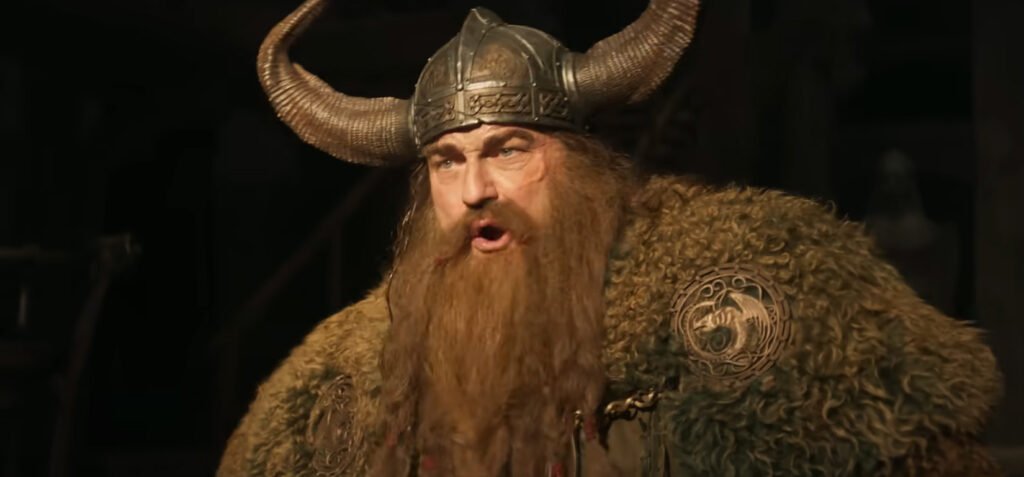
In a rare and powerful move, DreamWorks brings back Gerard Butler, the original voice of Stoick, to play him in live-action.
This isn’t just fan service—it’s emotional continuity. Butler’s return connects the remake to the soul of the original trilogy and adds authentic weight to Stoick’s father-son arc. Unlike Disney’s trend of recasting iconic roles, DreamWorks prioritizes continuity, reuniting beloved voices and preserving the franchise’s emotional resonance.
3. Astrid’s Casting Enhances the World—And Honors a Movie-Only Legacy
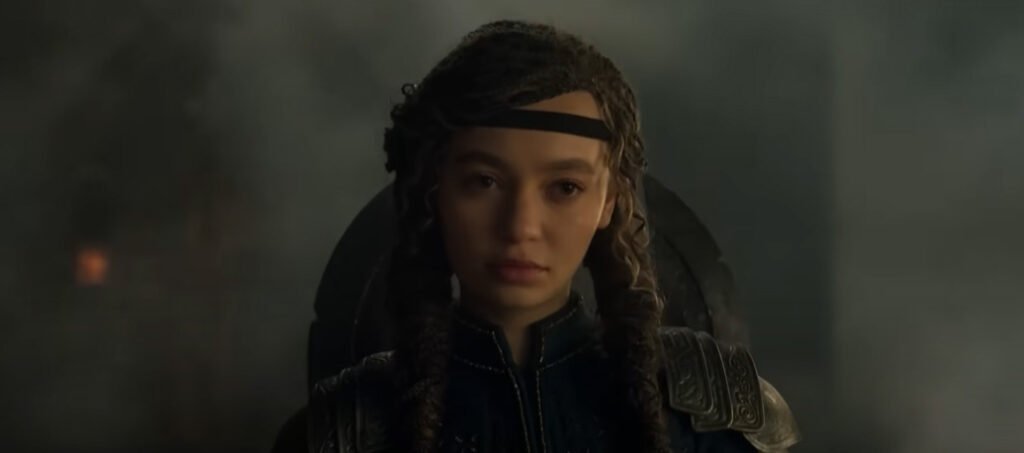
Nico Parker (The Last of Us) joins the cast as Astrid, bringing talent, range, and a fresh perspective. While Disney has faced backlash for performative or tokenistic casting (Tinker Bell, Ariel), DreamWorks is doing something more intentional.
Crucially, Astrid is not a book character—she’s a movie-original creation, developed to give the film version of How to Train Your Dragon its emotional and romantic anchor. In Cressida Cowell’s original books, a bold warrior girl named Camicazi filled a similar role. DreamWorks created Astrid from the ground up, and she quickly became essential to the franchise’s heart.
Recasting her with Parker, known for depth and nuance, reflects a commitment to storytelling evolution—not just superficial change. Early materials suggest Astrid remains emotionally central, not just symbolic.
4. Visual Effects in How to Train Your Dragon Live Action Serve Emotion—Not Just Spectacle
Disney’s remakes often pour millions into hyperrealistic VFX—but at the cost of emotional resonance (The Lion King, Mulan).
DreamWorks seems to understand the balance. Early glimpses of Toothless in the live-action version are promising—his eyes are expressive, his movements believable, and his bond with Hiccup feels central, not secondary.

If this emotional realism holds up across the film, it could succeed where Disney often stumbles: making us feel for a CGI creature, not just admire it.
5. A Tighter, More Meaningful Adaptation—Not Just Added Runtime
Disney has a habit of stretching their remakes with added songs or redundant scenes (The Little Mermaid, Beauty and the Beast) that rarely enhance the story.
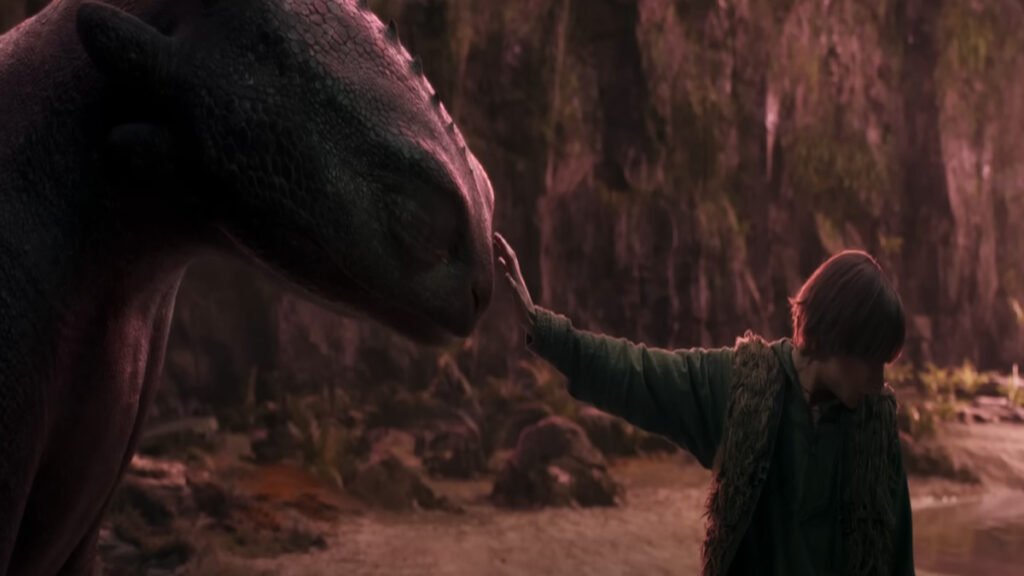
Director Dean DeBlois, who led the original animated trilogy, returns to helm the live-action remake. His focus? “Refocusing on character and worldbuilding without bloating the story.”
This means deeper scenes, not just longer ones. The goal is substance over spectacle , something Disney hasn’t always grasped.
6. Even the Weak Spots Are Subtle—Not Deal Breakers
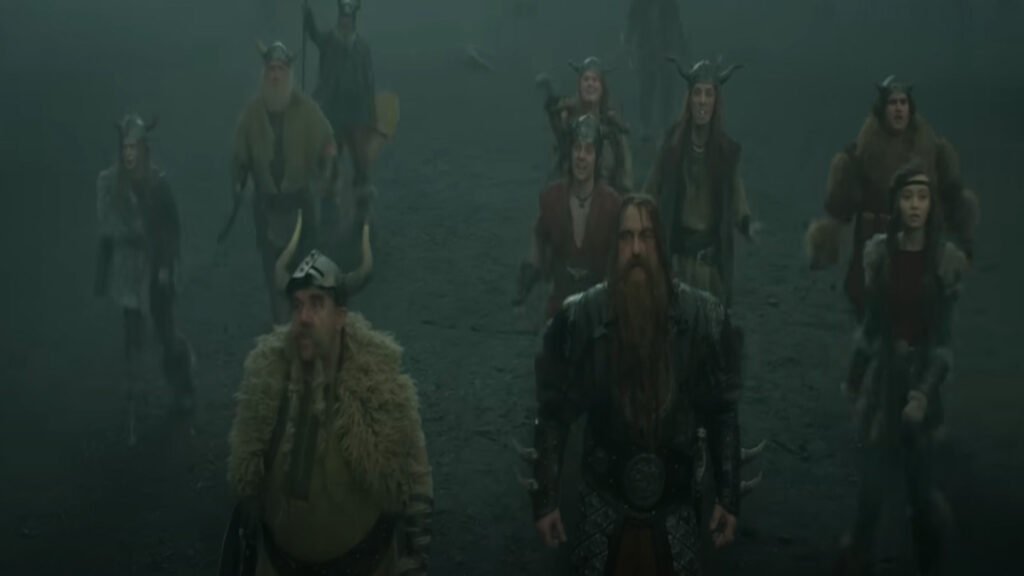
No remake is perfect. Minor characters like Ruffnut and Tuffnut may be toned down or reimagined,but those are stylistic adjustments, not structural flaws.
Unlike Disney’s glaring missteps, Pinocchio’s incoherent plot or Peter Pan’s tonal confusion—DreamWorks’ remake seems to keep its emotional core strong.
With a solid trio—Hiccup, Astrid, and Stoick—anchoring the story, and the ever-expressive Toothless at the center, the remake doesn’t just ride on nostalgia. It earns its emotional beats.
Why DreamWorks May Win the Remake Race
DreamWorks approaches the remake as a nuanced retelling, whereas Disney often prioritizes visual updates over depth. They’re using new tools to rediscover old emotions—not just recreate scenes with flashier tech.
This isn’t about ticking boxes or rehashing frames. How to Train Your Dragon Live Action looks like a true reimagining, built with care, vision, and a beating heart.
It respects the past, reinvents for the present, and flies toward the future.
Key Takeaways
• DreamWorks deepens the story—Disney often just extends it
• Mason Thames brings a captivating charm and authenticity to his role, outshining many of Disney’s typical young leads.
• Gerard Butler’s return adds authenticity and emotional legacy
• Visual effects support storytelling, not just show-off sequences
• Astrid’s casting honors both movie legacy and thoughtful evolution
• Minor flaws don’t distract from a powerful, emotional center
FAQs
1. Is How to Train Your Dragon Live Action better than Disney’s live-action films ?
Based on confirmed casting and creative direction, it shows stronger potential in performance, storytelling, and emotional tone.
2. Does it just retell the animated version ?
No. Director Dean DeBlois revisits the franchise with a creative vision, reshaping pivotal moments and expanding the universe in meaningful ways.
3. Why is Astrid’s casting more effective than Disney’s recent changes ?
Because Astrid is a film-original character, and Nico Parker’s version feels narratively justified and emotionally grounded, not just symbolic.
4. How are the visual effects different from Disney’s ?
They focus on expression and emotional storytelling rather than technical showpieces.
5. Is it worth watching even if you’ve seen the original ?
Absolutely. With returning creatives and new emotional depth, it promises a fresh yet faithful experience.
About The Author
Recent Post
KPop Demon Hunters $20M Deal Loss – Sony Now Regrets
KPop Demon Hunters was a huge success on Netflix. But Sony walked away with only…
Off-Peak Free Steam: 7 Strong Reasons to Play Today
Off-Peak Free Steam is short, strange, and unforgettable. It drops you into a dreamlike train…
Valve Cuts PayPal Support for Steam Users in Smaller Regions Amid Bank Pressure
PayPal Pulled from Smaller Markets Valve has dropped PayPal as a Steam payment option in…
Battlefield 6 Beta Review – My (Mostly) Unfiltered Take
Alright, so I basically lived inside the Battlefield 6 beta for a few days. Sleep?…
Sonic 4’s Exciting Twist: Sage Takes Over as New Villain
The Sonic the Hedgehog series has been speeding along for decades, but Sonic 4 promises…
Battlefield 6 with RTX 4060 + i5-12600KF / Ryzen 5 5600X
I just wrapped up an extended session of the Battlefield 6 beta, and let me…

